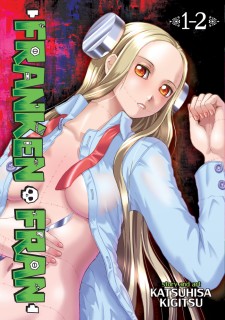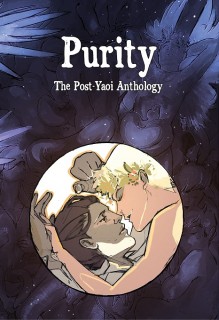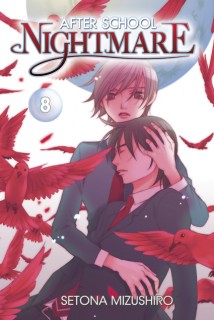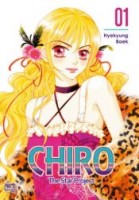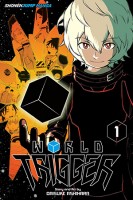
 And the winner of the World Trigger manga giveaway is… Serene!
And the winner of the World Trigger manga giveaway is… Serene!
As the winner, Serene will be receiving the first two volumes of Daisuke Ashihara’s World Trigger as published in English by Viz Media. One of the most notable aspects of World Trigger is it’s setting in which gates between parallel worlds appear. I asked participants of the giveaway to tell me a little about some of their favorite manga that feature parallel dimensions, worlds, or universes. Be sure to check out the giveaway comments to read all of the detailed responses.
Some manga available in English featuring parallel worlds:
Alice 19th by Yuu Watase
Arata: The Legend by Yuu Watase
Blue Exorcist by Kazue Kato
Drifters by Kohta Hirano
From Far Away by Kyoko Hikawa
Gate written by Takumi Yanai, illustrated by Satoru Sao
Higurashi: When They Cry written by Ryukishi07
Into Illusion written by Rieko Yoshihara, illustrated by Ryo Tateishi
Kyo Kara Maoh! by Temari Matsumoto
Magic Knight Rayearth by CLAMP
MeruPuri by Matsuri Hino
Orange by Ichigo Takano
Pandora Hearts by Jun Mochizuki
Persona 4 by Shuji Sogabe
Reborn! by Akira Amano
Steins;Gate by Yomi Sarachi
Tsubasa: Reservoir Chronicle by CLAMP
World Trigger by Daisuke Ashihara
xxxHolic by CLAMP
The above list is certainly not exhaustive, and I’ve deliberately left off a few titles in order not to be too spoilerific, but it’s a decent place to start for anyone interested in reading manga with parallel worlds or dimensions. Thank you to everyone who shared your favorites with me; I hope to see you all again for the next giveaway!


